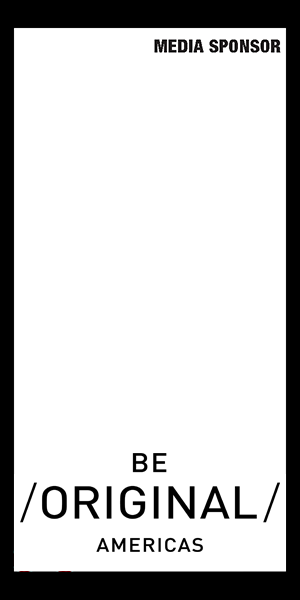It’s a generally agreed upon principle in design that form ought to follow function – and for the most part I agree. It’s probably best that cars, planes and buildings adhere to it. It was certainly something of a battle cry for Modernist architects after the 1930s, a time when ornament was practically a crime. But does everything have to conform to function, and should it?
By posing this question I’m by no means advocation for an influx of floral adornments or other superfluous decorative elements. I’m merely suggesting that “the charged space between user and object” is not created by function alone. After all, if all we really cared about was pure functionality we would have one chair, one couch, one pen – each designed to harness its full functional potential. But there are thousands of chairs. In fact, your favorite might not even be all the comfortable, but there’s something about its overall appearance that speaks to you or “charges” you.

For me it’s the Peacock Chair. It’s bright color and soft, touchable, felt accordion-fold backrest have little to do with its functionality, but something about these things attracts me to it and I really do feel that aforementioned charge between myself, the user, and the chair/object. It’s the same principle behind why we reach for a particular mug in the morning.
Assuming they all fulfill the basic function of holding liquid, what makes us choose one over another? After I fill my mug of choice (black and white, tall and narrow, perfectly thin lip) with my morning’s coffee, I sit at my desk where I’m confronted by a small army of designer pens, each designed to be the most ergonomic, the most comfortable for my fingers and wrist – yet I pass over all of them in favor of a cheap acrylic click pen. My head tells me I should choose the expensive pen with the cushy grip and carefully weighted body, but I for some reason I like the plastic one better.
Maybe form is more or as important as function in these low-performance objects. Not much depends on my chair or my pen besides my own personal comfort. But for high-performance objects like cars, planes and buildings where there’s much more at stake, it’s good to have guiding principles. I’d hate to fly on a plane with Corinthian columns and stained glass windows. So yes, rules are great, but breaking them is great, too, especially when the result is a beautiful, bright purple chair.









